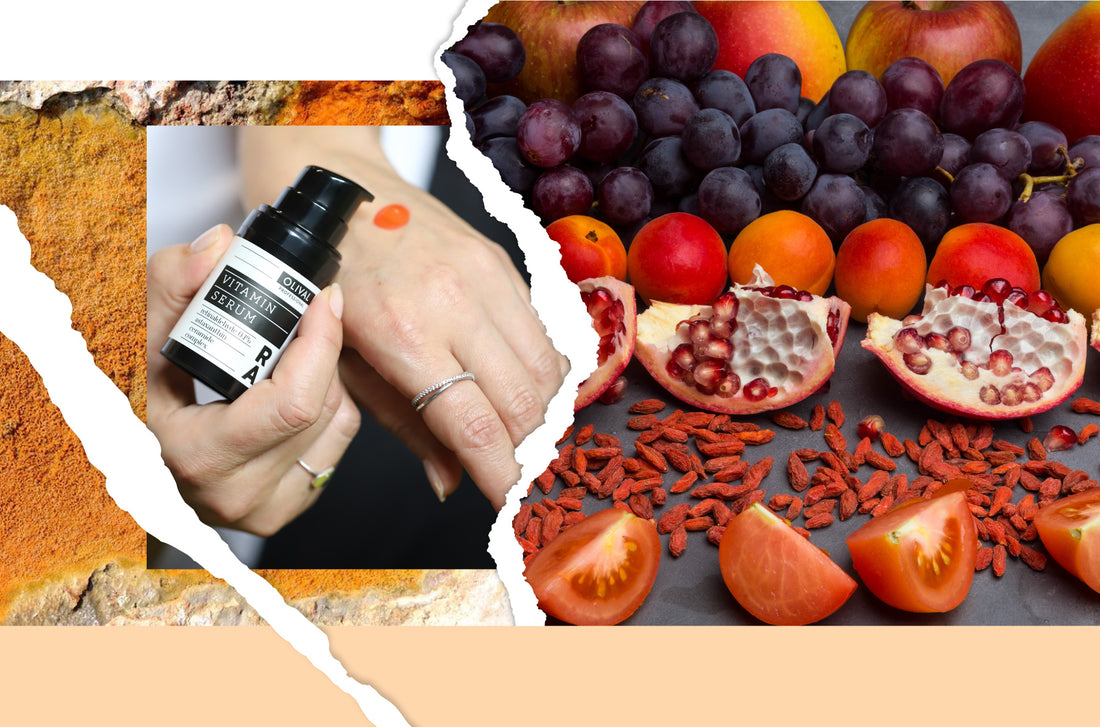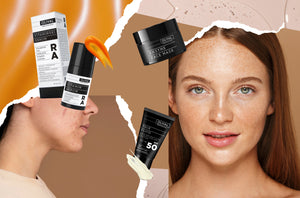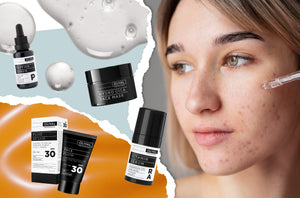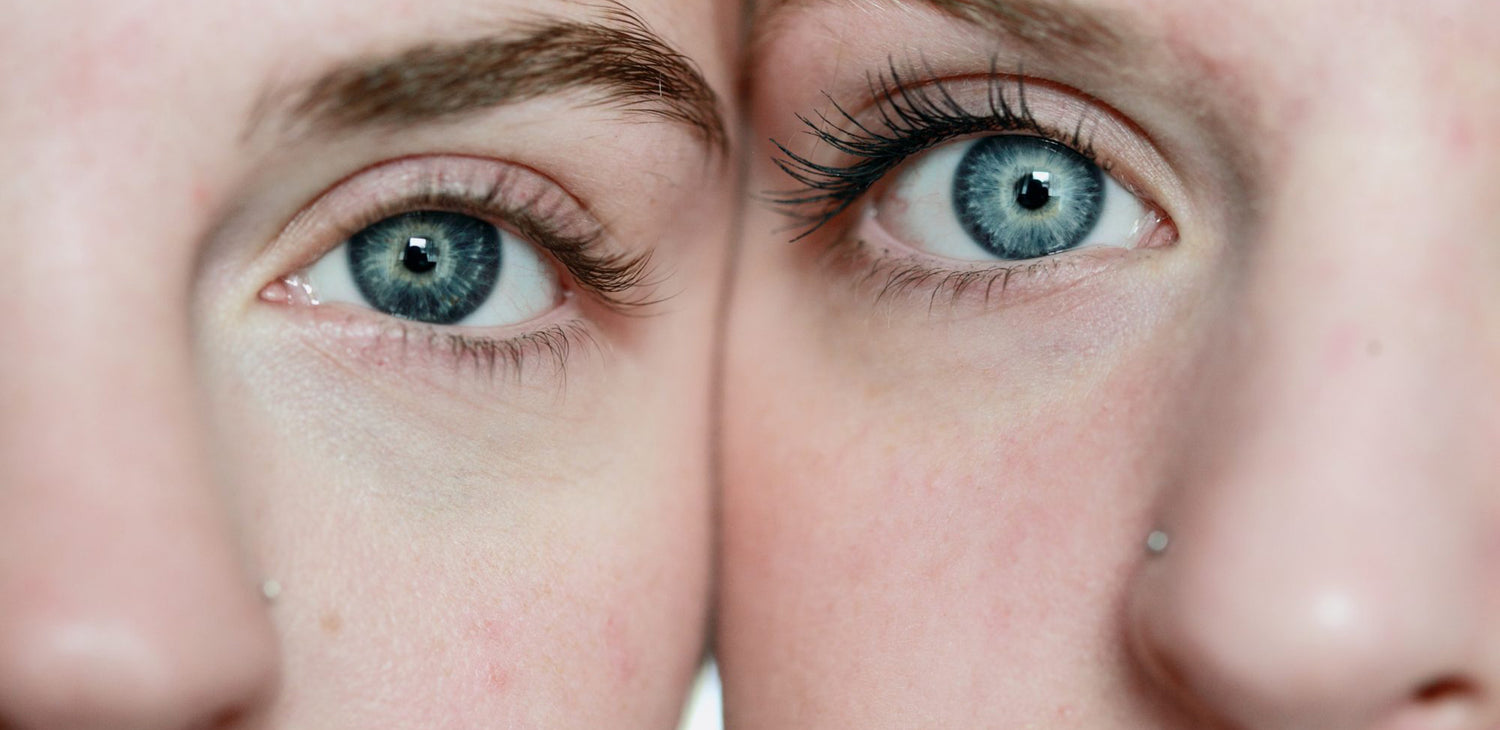Wondering what gives salmon or shrimp shells their distinctive orange color? The answer is astaxanthin, a molecule that belongs to the group of carotenoids and is naturally produced in plants and microalgae, and the aforementioned marine animals obtain them through their diet. The most widespread natural source of astaxanthin comes from the microalgae Haematacoccus pluvialis , and due to its multiple effects on the skin, it is widely known in the world of cosmetics. Find out what you can look forward to if you use products that have astaxanthin on the INCI list.

Main effect - antioxidant!
Astaxanthin is primarily an antioxidant, which means that it prevents the action of free radicals that cause aging of skin cells. It belongs to the group of carotenoids and is extremely important in the prevention of damage caused by UV rays, i.e. it plays a major role in the prevention of photoaging. [1] Over 700 types of carotenoids are known, and among them, in addition to astaxanthin, are the well-known beta-carotene, followed by alpha-carotene, beta cryptoxanthin, lutein and others.
Astaxanthin helps to prevent the formation of wrinkles that occur as a result of oxidative stress, during which free radicals are released . It is considered up to 100 times more potent than vitamin E and vitamin C, and in addition to its antioxidant effect, it also improves skin hydration, restores its elasticity and allows it to retain moisture better. [2] The skin becomes brighter on the outside and healthier on the inside. It is particularly beneficial for sensitive skin prone to irritation because it soothes redness and significantly reduces inflammatory conditions of the skin.

A perfect partner for retinoids
Astaxanthin is ideal in combination with retinoids because it supports their function, and together they work more strongly against hyperpigmentation. That's why it is part of the Vitamin Serum RA . Retinaldehyde in a percentage of 0.1% is a very powerful ingredient that must be gradually introduced into the routine. It is best to start using it every third evening for two to three weeks, and then increase the frequency of use, if it suits the skin, to every other evening and then every evening. Since in addition to the use of retinoids, we always mention the use of sun protection cream in the morning, astaxanthin here will additionally help the SPF in neutralizing photodamage on the skin. You can expect the first concrete results of the retinoid effect after 3 to 6 months, and the first results of the astaxanthin effect after 8 weeks. Their joint result will be shallower wrinkles, a reduction in their appearance and overall more supple skin with a healthy glow!
-------------
[1] Sergio Davinelli, Michael E. Nielsen and Giovanni Scapagnini. Astaxanthin in Skin Health, Repair, and Disease: A Comprehensive Review. https://www.mdpi.com/2072-6643/10/4/522/htm l, accessed 5/28/2022.
[2] Kumi Tominaga 1, Nobuko Hongo, Mariko Karato, Eiji Yamashita. Cosmetic benefits of astaxanthin on human subjects. https://pubmed.ncbi.nlm.nih.gov/22428137/ , accessed 5/28/2022.








